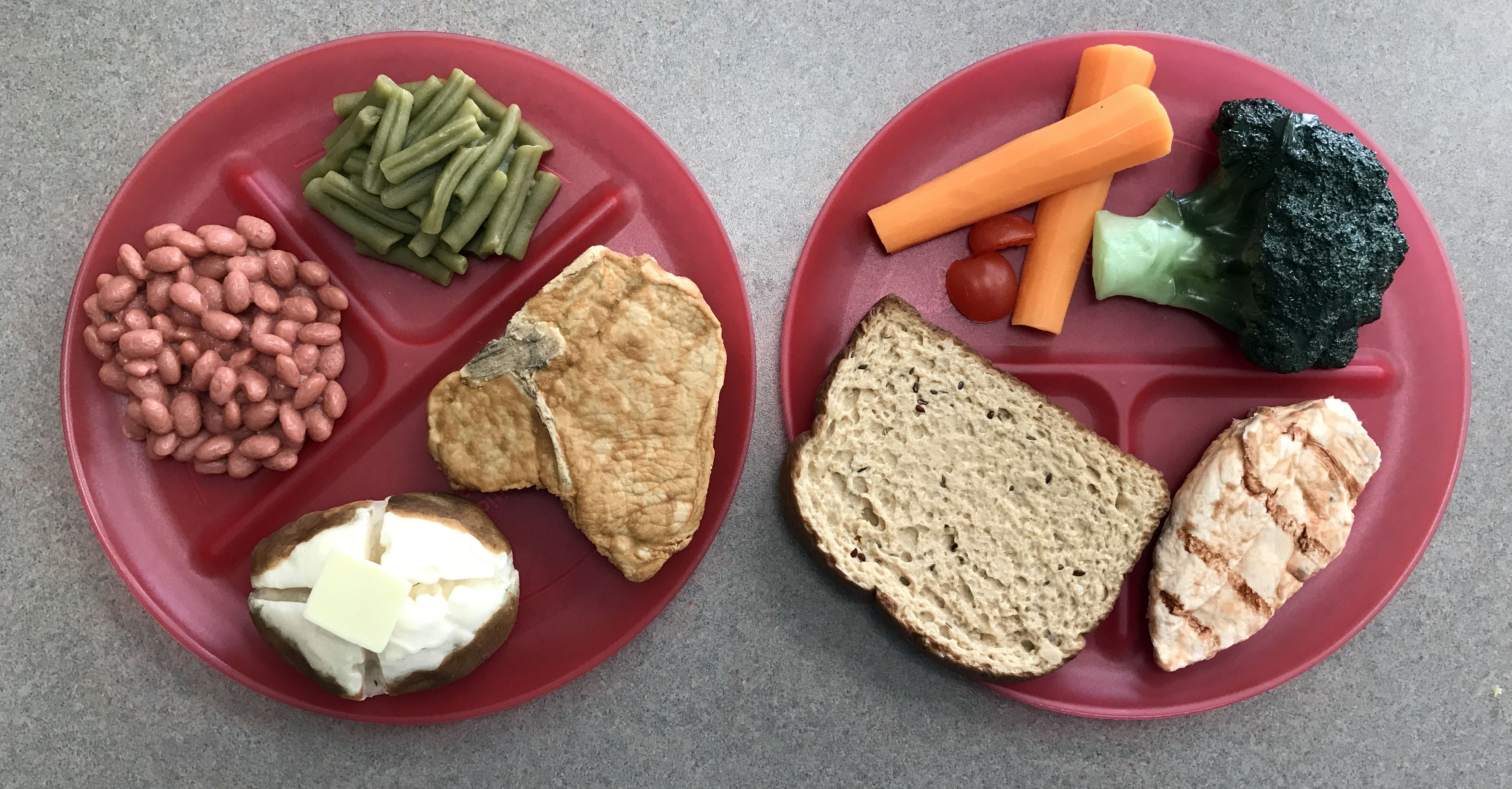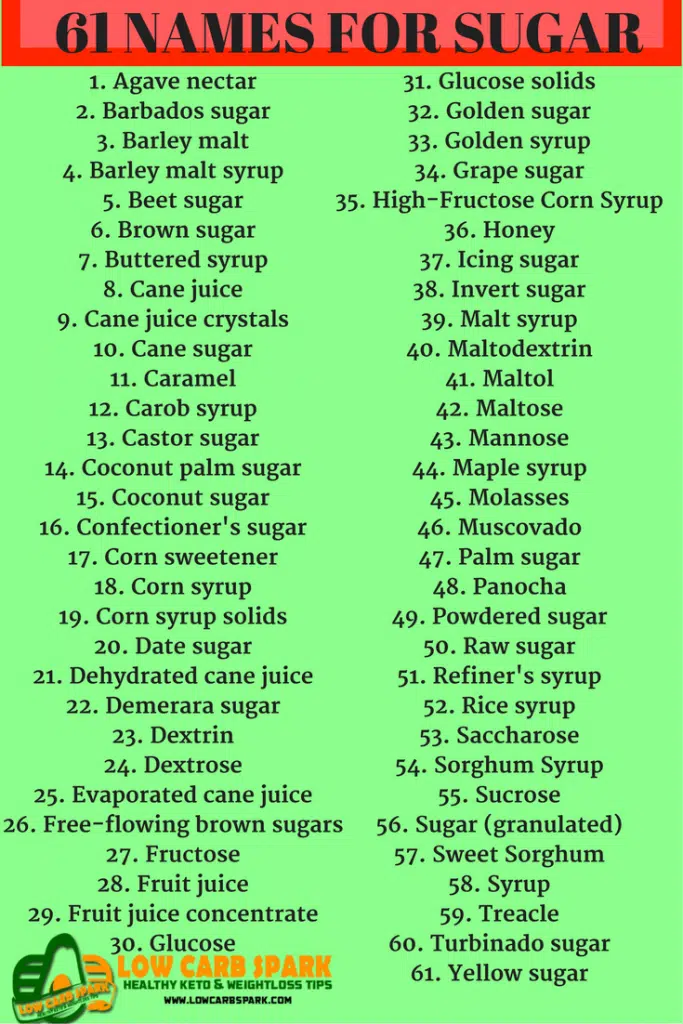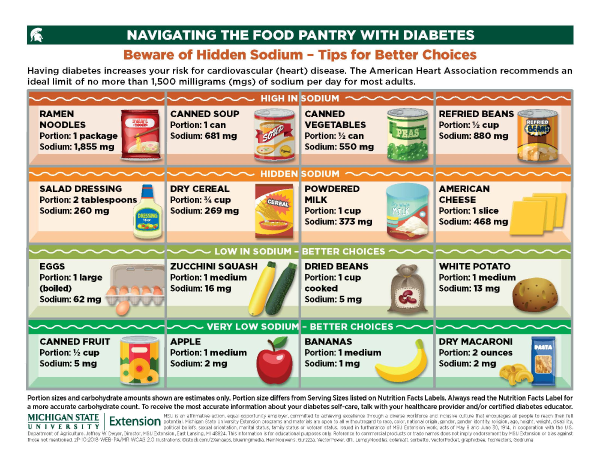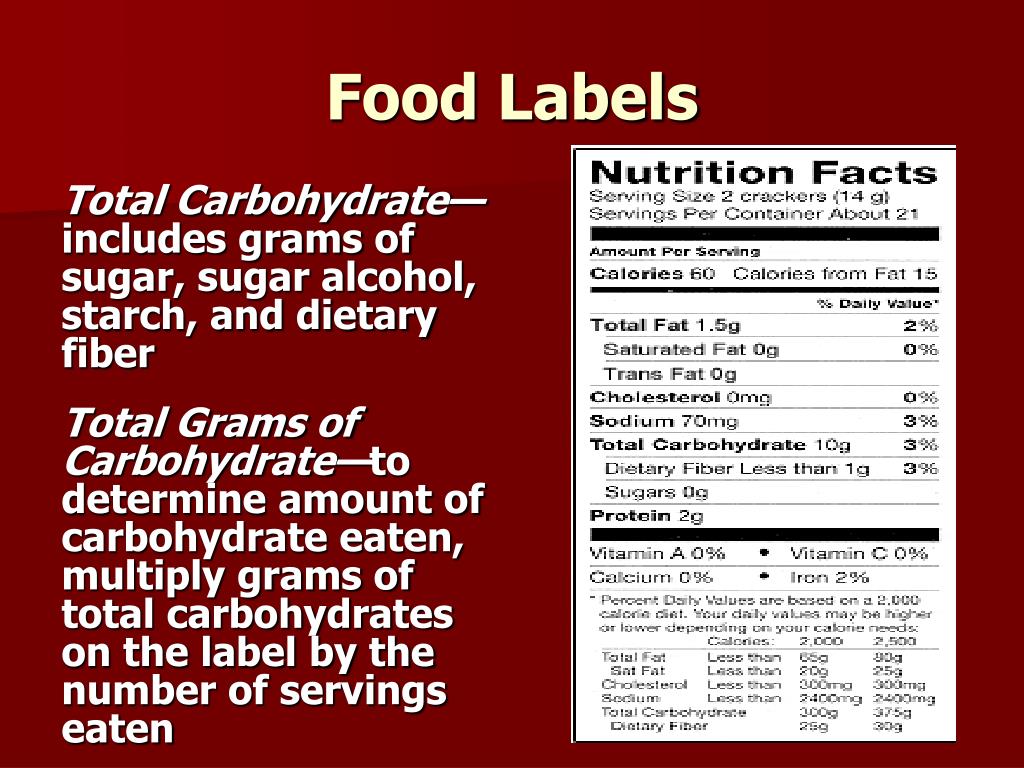38 how to read food labels carbohydrates
How To Figure Out The Carbs On Nutrition Labels - Eat Out ... You might see mannitol, sorbitol, xylitol, erythritol, and others on the ingredients label. If the package says the product is "sugar-free" or has "no sugar added" it must list the sugar alcohols in the ingredients. If more than one type of sugar alcohol is listed, there must be a line for sugar alcohol grams on the nutrition label. How to Read Food Labels | Your Low Carb Hub The below label shows there are 4.3g of carbs in a 15ml serving size which is equivalent to one tablespoon. 3.4g of this is sugar. There is 22.7g of sugar in 100ml, that's 5.6 teaspoons of sugar. The World Health Organisation (WHO) recommends no more than 5-10 teaspoons of added sugar in an entire day.
How to read food labels: MedlinePlus Medical Encyclopedia Adjust the number of calories if you eat smaller or larger portions. This number helps determine how foods affect your weight. The total carbs (carbohydrates) are listed in bold letters to stand out and are measured in grams (g). Sugar, starch, and dietary fiber make up the total carbs on the label. Sugar is listed separately.

How to read food labels carbohydrates
Reading Food Labels | GI Foundation Home / Top Tips for Low GI Living / Reading Food Labels Reading Food Labels To help work out the amount of carbohydrates (or number of exchanges) in a food and make low GI choices, a basic understanding of food labels is important. How To Read Food and Beverage Labels | National Institute ... How to read the Nutrition Facts label The U.S. Food and Drug Administration (FDA) requires a Nutrition Facts label on most packaged foods and beverages. At the top of the Nutrition Facts label, you will find the total number of servings in the container and the food or beverage's serving size. Understanding Food Nutrition Labels | American Heart ... Learning how to understand and use the Nutrition Facts label can help you make healthier eating choices and identify nutrient-dense foods for a healthy diet. Here are some tips from the American Heart Association for making the most of the information on food labels. Learn what to look for on the label.
How to read food labels carbohydrates. How to Read a Food Label - WebMD A 2005 survey by AJ Nielsen & Co. found that half of consumers understood nutrition labels only "in part," although 2 out of 10 said they consistently read them. The secret to reading a food label ... How To Read Nutrition Labels (Like a Pro) - Ditch The Carbs Firstly you need to understand the difference between total and net carbs. TOTAL CARBS = sugars + starches +fibre NET CARBS = total carbs - fibre Carbohydrates will be on the nutrition label are often broken down into carbohydrates, sugars, starch, and fiber. However, each brand may display its nutritional contents differently. How to Read Carbohydrates on Food Labels - GlycoLeap Nov 30, 2018 · When learning how to read carbohydrates on food labels, always remember that 1 serving of carbohydrate is equal to 15 g of carbohydrates. If you want to have a snack, it is recommended to eat no more than 1 to 2 servings of carbohydrates in one sitting. That would be around 15 to 30 g of carbohydrates. Snack = 15 – 30 g of carbohydrate How to Read the New Food Label - The Johns Hopkins Patient ... Total Carbohydrates. Carbohydrates raise blood glucose, so this part of the food label is most familiar to people with diabetes. Total carbohydrates include starches, fiber, sugars, and sugar alcohols. If you are counting carbohydrates, count total carbohydrates in grams. Look for foods with fiber which helps to slow the rise in glucose.
Reading food labels: Tips if you have diabetes - Mayo Clinic Sugar-free foods may play a role in your diabetes diet, but remember that it's equally important to consider carbohydrates as well. A sugar-free label means that one serving has less than 0.5 grams of sugar. When you're choosing between standard products and their sugar-free counterparts, compare the food labels. Reading Food Labels | ADA - American Diabetes Association The Nutrition Facts labels on foods are really the key to making the best choices. We'll cover the basics so that these labels make shopping easier for you. Get started Understanding Carbs You've heard it all. From carb-free to low-carb, to whole and empty carbs, it's hard to know what it all means. Learn more Food & Blood Sugar Learning To Read Labels :: Diabetes Education Online On a nutrition food label, subtract the fiber from the total carbohydrate amount. When you read food labels, the grams of sugar are already included in the total carbohydrate amount, so you do not need to count this sugar amount separately. The grams of sugar listed include both natural sugars, from fruit or milk, and added sugars. Reading labels - Diabetes UK Always look at the 'total carbohydrate' on the label when carb counting. This will make sure you are counting both the complex (starchy) and simple (sugary) carbs in your food. Both will raise your blood glucose (blood sugar) levels, and need to be matched with insulin.
How to Read Carbohydrates on Nutrition Labels|How to Read ... The top carbohydrates row is the total amount of carbs present. Made up of all the sugars, dietary fibre and starch, which is the remaining amount after the sugar and fibre. So in the above muesli label we have 51.8g of carbs per 100g. 12.7g is sugar 7.9g is fibre Which means that 31.2g is starch (51.8 - 12.7 - 7.9) How To Read Nutrition Labels For Carbs - Montalvospirit The tables include the carbohydrate value in a typical serving (carb per portion). Compare this with your serving and then multiply or divide the value as necessary. (Divide the weight of food in grams by 100; then multiply this figure by the carb per 100g figure. This will give you the amount of carb per gram). How do you read net carbs? How to Read a Food Label - Atkins Here's what you should be aware of on a nutrition label: Serving size (if you have more than one serving, be sure to add in the carbs) Total carbohydrates expressed in grams Amount of dietary fiber expressed in grams (subtract from total number of carbs to get the net carb count) Sugars expressed in grams Low Carb Guide to Understanding Nutrition Labels According to labeling laws in the U.S., if a food contains less than 0.5g of trans fat per serving, the label can say 0g, so be sure to read the list of ingredients. You can spot trans fats by the words "hydrogenated" or "partially hydrogenated" with oils. Sugar-free or Low-carb: Don't be fooled by clever packaging and slick marketing.

Read food labels – Step 3: Check the Ingredient List for Sugars, Refined Carbohydrates, and ...
Food Labels | CDC All the numbers on this label are for a 2/3-cup serving. This package has 8 servings. If you eat the whole thing, you are eating 8 times the amount of calories, carbs, fat, etc., shown on the label. Total Carbohydrate shows you types of carbs in the food, including sugar and fiber. Choose foods with more fiber, vitamins, and minerals.
Carb vs. Sugar: How to Understand Nutrition Labels Carbohydrates are actually comprised of three nutrients: carbohydrates, fiber, and sugar. You may, and will see, foods that are very low in "sugar" but high in carbohydrate. Example 1 Let's look at a popular unflavored old fashioned oats label. Here we see that the total sugar is 1 gram. Looks great right? This item is practically sugar free!

Choose three nutritional labels off of food packaging. explain the ingredients and how to read ...
How to Understand and Use the Nutrition Facts Label | FDA For certain products that are larger than a single serving but that could be consumed in one sitting or multiple sittings, manufacturers will have to provide "dual column" labels to indicate the...

These are labels from two food products. Which of the following is true based on the two labels ...
This Is How to Read a Nutrition Facts Label on the Keto ... The Basics of Reading Food Labels: How to Read a Label in 5 Steps (For Any Diet) To make healthy food choices, stick to these five steps. Step #1: Check the Serving Size. Always start by looking at its serving size. This will ensure that you're calculating nutrition based on the amount of food you're actually consuming.
PDF Read the Food Label for Carbohydrates Read the Food Label for Carbohydrates Food labels help you choose foods that are lower in calories and in carbohydrates and sweeteners. Here is a food label for a 12-ounce regular soda. The label provides lots of useful information. 1. Serving Size and Number of Servings The serving size is 12 ounces. There's 1 serving in this container. 2.
Reading Food Labels for Carbohydrates - dummies Nov 07, 2017 · To find the amount of carbohydrates in your foods, follow these steps: Look for the line that reads "Total Carbohydrate" on the label. The value on this line will tell you how many grams of carbohydrates are in one serving of the food. Check the number of servings per container to see if your package has one or more servings.
PDF How to Read the Food Label Food Label You can make healthier food choices by reading the "Nutrition Facts" label . Serving size: Look here first! Is your serving the same as the one on the label? • If you eat twice the serving size, you double the . calories and other nutrient values. • If you have diabetes or follow a specific meal plan, the serving size on the ...
PDF How Do I Understand the "Nutrition Facts" Label? Most foods in the grocery store have a Nutrition Facts label and ingredient list. When you go grocery shopping, take time to read the Nutrition Facts labels on the foods you purchase. Compare the nutrients and calories in one food to those in another. The information may surprise you. Make sure you aren't buying foods high in calories, saturated
How to Read a Food Label to Make Sure It's Keto in 3 Easy ... Subtract Dietary Fiber and Sugar Alcohols (if any) from the Total Carbohydrate. *Total Carbohydrate minus Dietary Fiber, minus Sugar Alcohol (if any) = Net Carbs Total Carbohydrate ( 4 grams) - Dietary Fiber ( 1 gram) = 3 gram s Net Carbs The Total Carbs for ⅔ cup of this packaged cauliflower is 4 grams, and the Net Carb is 3 grams. Why the 2 camps
Understanding Food Nutrition Labels | American Heart ... Learning how to understand and use the Nutrition Facts label can help you make healthier eating choices and identify nutrient-dense foods for a healthy diet. Here are some tips from the American Heart Association for making the most of the information on food labels. Learn what to look for on the label.
How To Read Food and Beverage Labels | National Institute ... How to read the Nutrition Facts label The U.S. Food and Drug Administration (FDA) requires a Nutrition Facts label on most packaged foods and beverages. At the top of the Nutrition Facts label, you will find the total number of servings in the container and the food or beverage's serving size.
Reading Food Labels | GI Foundation Home / Top Tips for Low GI Living / Reading Food Labels Reading Food Labels To help work out the amount of carbohydrates (or number of exchanges) in a food and make low GI choices, a basic understanding of food labels is important.
/Untitled-design-1--5755c3703df78c9b46903dab.jpg)
:max_bytes(150000):strip_icc()/LabelA2-56a5c0f65f9b58b7d0de5351.jpg)









Post a Comment for "38 how to read food labels carbohydrates"